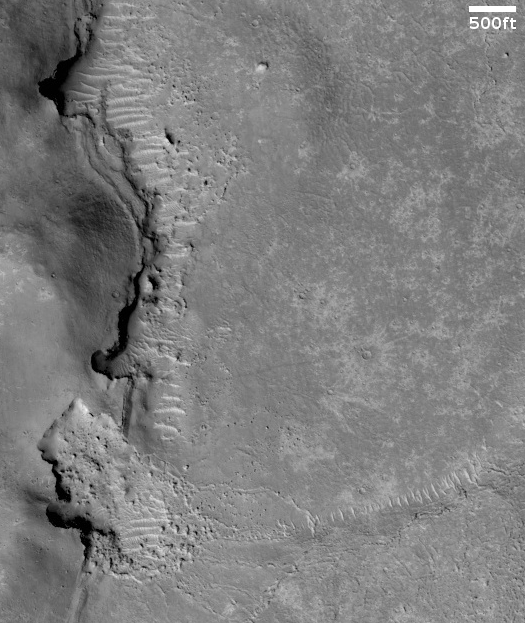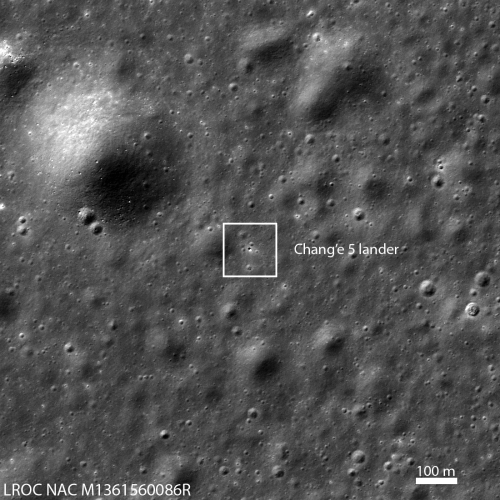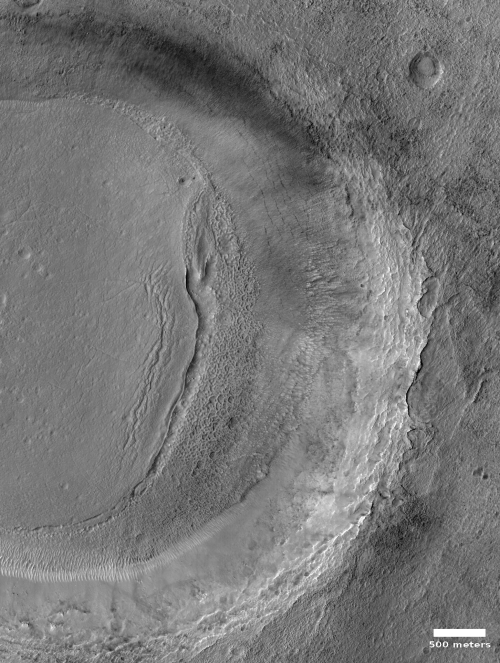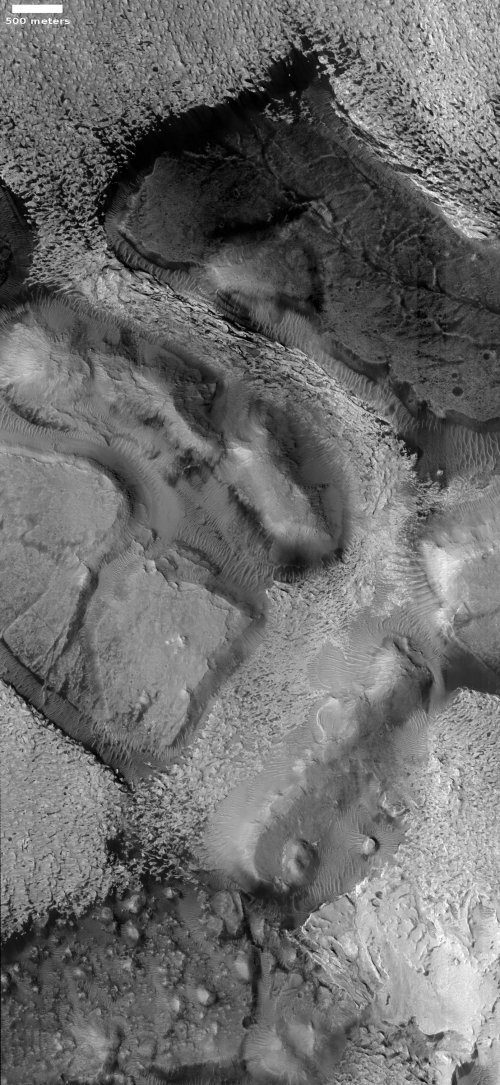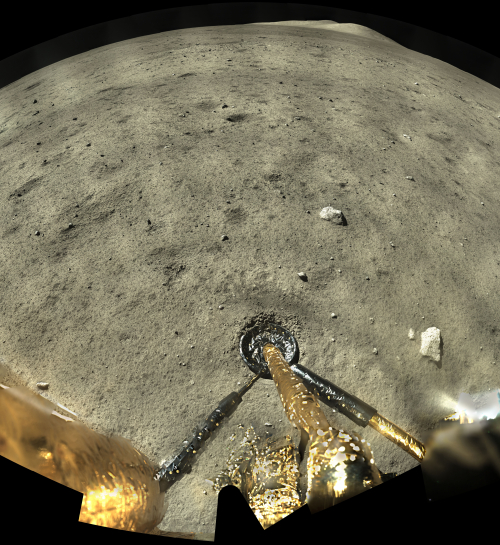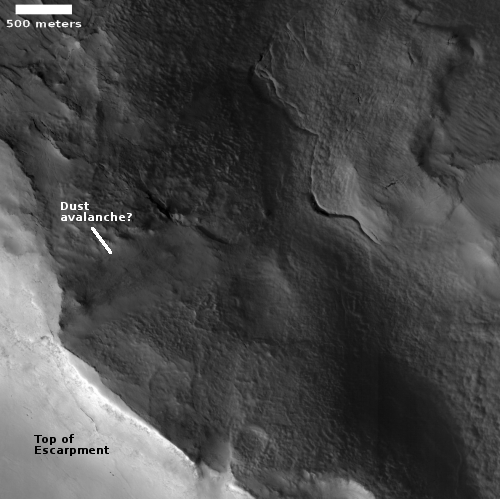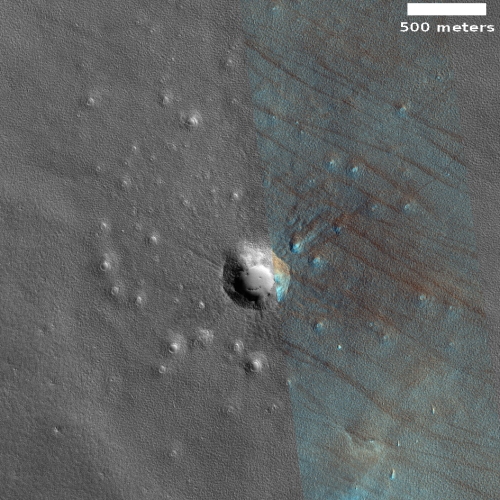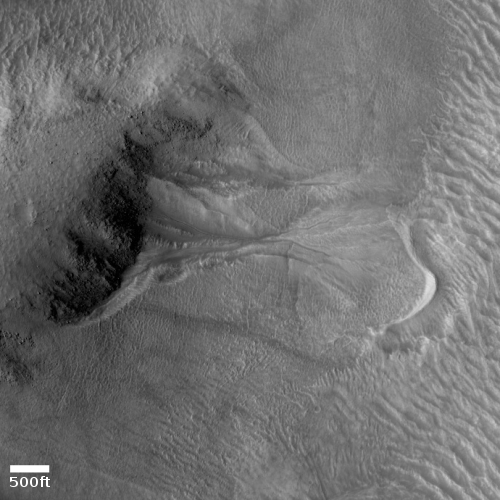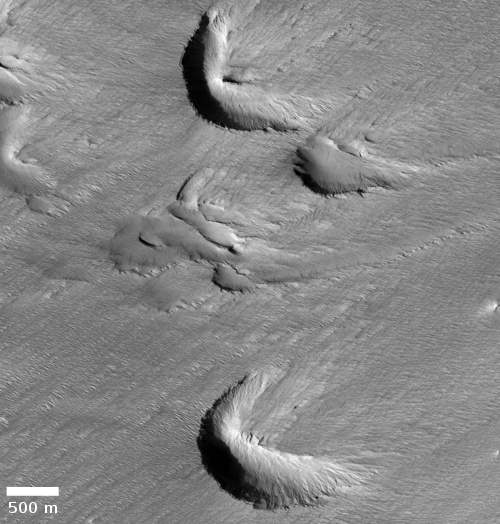ESA funds construction of its own X-37B, dubbed Space Rider
The new colonial movement: The European Space Agency (ESA) has now signed the contracts to fund the construction of its first reusable mini-shuttle, dubbed Space Rider and comparable to the Air Force’s X-37B.
ESA signed two contracts with industry on 9 December at Palazzo Chigi in Rome, Italy in the presence of Italian government representatives. The first contract is for delivery of the Space Rider flight model including the reentry module and the AVUM orbital service module, by co-prime contractors: Thales Alenia Space Italy and Avio. The second contract covers the delivery of the ground segment by Italian co-prime contractors: Telespazio and Altec.
Activities are on track for the first flight of Space Rider in the third quarter of 2023 from Europe’s Spaceport in French Guiana.
Like the X-37B, Space Rider will provide Europe with a space platform for performing long term experiments in space and recovering them undamaged, though initially the flights will be no more than two months long. While it will launch on a rocket like the X-37B, and will use its body to shed velocity as it returns through the atmosphere, it will not land on a runway but will instead use parachutes to drop it to the ground.
More importantly, Space Rider will be available to the private sector. The X-37B is controlled by the U.S. military, and they have made it available for only a limited number of non-military experiments.
The new colonial movement: The European Space Agency (ESA) has now signed the contracts to fund the construction of its first reusable mini-shuttle, dubbed Space Rider and comparable to the Air Force’s X-37B.
ESA signed two contracts with industry on 9 December at Palazzo Chigi in Rome, Italy in the presence of Italian government representatives. The first contract is for delivery of the Space Rider flight model including the reentry module and the AVUM orbital service module, by co-prime contractors: Thales Alenia Space Italy and Avio. The second contract covers the delivery of the ground segment by Italian co-prime contractors: Telespazio and Altec.
Activities are on track for the first flight of Space Rider in the third quarter of 2023 from Europe’s Spaceport in French Guiana.
Like the X-37B, Space Rider will provide Europe with a space platform for performing long term experiments in space and recovering them undamaged, though initially the flights will be no more than two months long. While it will launch on a rocket like the X-37B, and will use its body to shed velocity as it returns through the atmosphere, it will not land on a runway but will instead use parachutes to drop it to the ground.
More importantly, Space Rider will be available to the private sector. The X-37B is controlled by the U.S. military, and they have made it available for only a limited number of non-military experiments.

